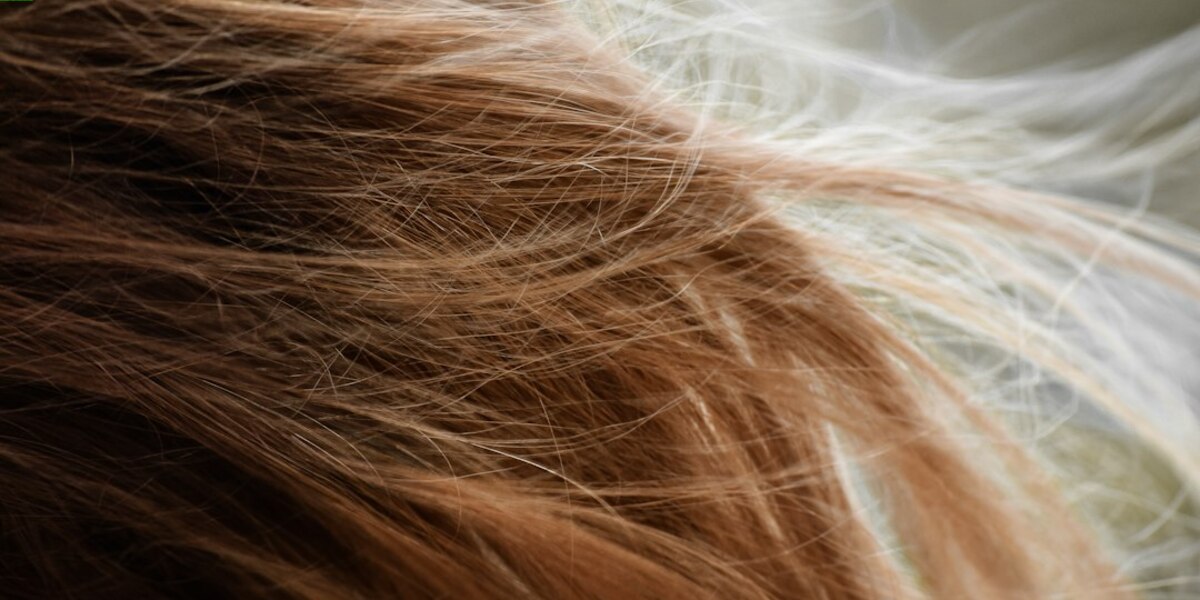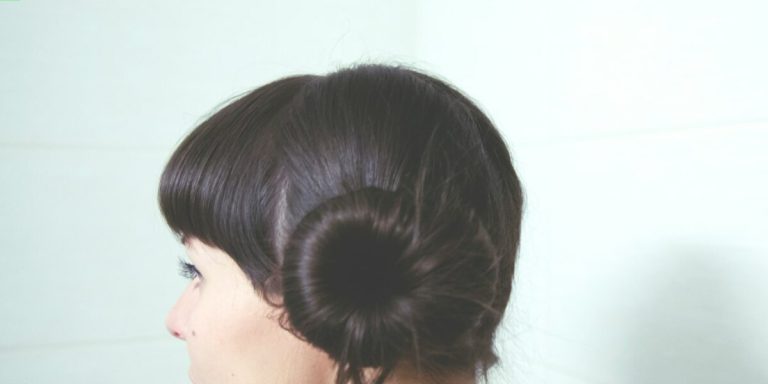Hair Loss Treatment for Teenagers: Understanding Causes and Solutions
Hair loss is not a phenomenon confined to the older generation alone. An increasing number of teenagers are falling victim to this condition, making “hair loss treatment for teenagers” a widely researched topic today. Adolescence, with its hormonal shifts and lifestyle changes can sometimes contribute towards unexpected hair shedding – an issue that needs immediate attention.
This blog post aims at understanding these causes in detail while also exploring effective solutions for the same. Hair thinning or balding during teenage years might sound alarming but before we proceed into panic mode, it’s critical to understand what triggers it and how we might be able to control – if not completely reverse this through suitable treatments.
Did you know?
Interestingly, contrary to popular belief, hair loss in teenagers is often temporary and predominantly caused by hormonal changes or stressors such as poor dieting habits, rather than genetic predisposition.
Understanding Teenage Hair Loss: Causes and Early Signs
Hair loss in teenagers is not as uncommon as you may think. It’s a situation that can be emotionally distressing, especially during the sensitive years of adolescence where appearance often plays a critical part in self-esteem. Various factors are responsible for this condition such as hormonal imbalance, underlying medical conditions like hypothyroidism or even malnutrition due to fad diets common among teenagers.
Early signs can include excessive shedding while combing hair, presence of bald patches and thinning at the crown area. Often overlooked, these manifestations demand immediate attention before they progress into more severe forms of hair loss. Therefore it’s important for both parents and teens to understand what causes teenage hair loss and how to recognize its early symptoms so that appropriate treatment options can be explored immediately.
Identifying the Triggers of Adolescent Alopecia
Adolescent alopecia, or teenage hair loss, can be a distressing predicament for many teenagers today. Let’s delve into the potential triggers of adolescent alopecia to help you better understand this condition and seek out effective hair loss treatments.
Hormonal changes are one of the most prominent triggers that come in line with adolescence. This period is synonymous with fluctuating hormone levels which may sometimes lead to conditions such as Alopecia Areata—an autoimmune disorder causing severe hair fall—or even Telogen Effluvium—a temporary form of baldness caused by physical stress or shock on one’s system.
Unhealthy diet habits often seen among teens due to erratic schedules might also play a significant role in accelerating hair thinning problems. Lackluster nutrition could deprive your body -and consequently, your tresses- essential vitamins like Biotin (Vitamin B7) and Niacin (Vitamin B3), both pivotal for maintaining healthy locks.
Intense psychological stress can act as another potent trigger prompting premature shedding amongst adolescents—it essentially confuses your follicles’ growth cycles ensuing excessive fallout; hence managing stress becomes an integral part towards mitigating unnecessary balding at such tender age.
Certain medications used for treating other health concerns—like acne treatment drugs—are known culprits behind precipitating unwanted side effects including teenaged alopecia: A testament enough why it crucially aligns incorporating ‘Drug Compatibility Test’ within preliminary medical consultations before starting any new medication course specifically under ‘Teenage Care’.
Recognizing Symptoms: When to Seek Treatment for Hair Loss
Hair loss can worry anyone at any age, but it becomes particularly concerning when teenagers experience it. Recognizing the symptoms early allows parents and teenagers to seek prompt hair loss treatment. Look out for these specific signs:
Firstly, check if there’s excessive shedding. A few strands of hair falling daily is normal; however, if your teen is losing chunks during showers or brushing their hairs, then this might signify a problem.
Secondly, notice any changes in the scalp condition like redness or itching because often times these precede hair thinning problems.
If your teenager shows these signs coupled with decreased self-esteem and social withdrawal tendencies owing from embarrassment related issues – do not delay consultation process further!
Customized Hair Loss Treatments for Teenagers
In the realm of hair loss treatments, personalized solutions are proving to be significantly effective, particularly for teenagers. This age bracket experiences unique hormonal changes and stressors that can incur hair thinning or even premature balding. Adolescents’ genetics also play an instrumental role in determining their susceptibility to these issues which is why customized approaches have grown incredibly popular.
The keyword behind this progressive trend is customization; tailored interventions specific to teenager’s needs and challenges offer a higher chance of success compared with generic therapies or remedies used by adults. Hair restoration clinics now prioritize precise diagnosis before formulating individualized treatment plans incorporating topical applications, oral medications, lifestyle alterations and innovative techniques like laser therapy.
It’s crucial not only for physical aesthetics but also self-esteem as losing locks at such a tender age might lead to embarrassment among peers leading them towards social isolation. Hence ensuring suitable bespoke teenage centered strategies could prove vital in effectively managing this problem thus preserving both their crowns and confidence.
Hormonal Imbalance Correction Strategies
Teenage years can be quite tumultuous, given the numerous physiological changes. This phase is often marked by hormonal imbalances which could potentially lead to hair loss in teenagers. On that account, here are some feasible strategies for hormone correction.
1. Balanced Diet: A balanced diet plays a crucial role in maintaining our hormones at optimal levels. Include proteins, vitamins like Biotin and Vitamin E, Omega-3 fatty acids found in fish oils or flaxseeds in your meals as they promote healthy follicle growth.
2. Regular Exercise: Physical activities like jogging, swimming or yoga help regulate all-body functions including hormone production processes thus reducing instances of imbalance induced hair loss.
3.Sufficient Sleep: Getting quality sleep is key not just for overall health but also for stabilizing various bodily functionalities including hormonal regulation.
5.Natural Remedies : Natural remedies such as Thai Gingseng ,Aloe Vera etc have proven effective towards treating mild cases of teenage alopecia due to their inherent properties that combat DHT-the principle causative agent behind most kinds of hormonally driven balding patterns.
Implement these strategies diligently while being patient because good things take time and remember-always love yourself despite whatever facets life throws your way!
Nutritional Approaches and Supplementation
Teenagers facing hair loss can benefit tremendously from nutritional approaches and supplementation. Addressing the issue at its roots, a wholesome diet rich in essential nutrients can help reinforce hair growth.
Firstly, let’s delve into suitable dietary practices for healthy tresses. Prioritizing foods high in protein is key as your hair follicles primarily consist of this nutrient. Meat, fish, eggs or plant-based options like lentils and quinoa are excellent choices to add to meals on a regular basis.
Iron also plays an integral role since it helps red blood cells transport oxygen to all body tissues including scalp tissue that fosters new strands’ growth. Spinach, legumes, whole grains or fortified cereals contain this useful mineral abundantly which makes them perfect meal supplements for teenagers dealing with early-onset alopecia (hair loss).
Vitamin C promotes iron absorption hence fruits like oranges, strawberries or guavas provide double benefits when coupled with aforementioned iron-rich food sources.
Nature’s pantry offers nutritious compounds, and adding supplements can enhance health by targeting common deficiencies in adolescents. For instance, vitamin D deficiency is widespread due to indoor lifestyles limiting sunlight exposure. Adequate sunlight is crucial for essential bodily functions and producing regulatory hormones, including proteins that promote cell regeneration for skin, organs, and hair. Supplements can help address this shortfall.
The Impact of Lifestyle Choices on Teenage Hair Health
Modern teenagers are more likely to experience hair loss than their predecessors, due in large part to the lifestyle choices they make. Fast-paced living and a fondness for processed foods or crash diets can contribute significantly towards poor nutrition – resulting in weakened hair follicles that may lead to excessive shedding or even full-blown baldness.
Another commonly overlooked factor amongst teens is stress. With mounting academic pressures, changing social dynamics and the whirlwind of hormones associated with adolescence, it’s no wonder why teenage years could be instrumental in setting foundations for future scalp health. Chronic high-stress levels have been linked directly with conditions such as Alopecia Areata – an autoimmune disorder causing patches of baldness.
Addiction to electronic gadgets also plays a key role here; exposure to harmful radiations isn’t beneficial by any means when it comes down maintaining healthy locks! Not only does prolonged screen time strain eyesight but overexposure may result in compromising your bodily functions responsible for stimulating growth among new hairs on your head.
Stress Management Techniques to Combat Hair Shedding
With the rising concern around hair loss among teenagers, it’s crucial to understand that one of the significant contributing factors is stress. Hence, incorporating effective stress management techniques can serve as a proactive hair loss treatment for youngsters in 2023.
1. Physical Activity: Encourage your teenager to engage more in physical activity like running or swimming. This releases endorphins – ‘happy hormones’ which help reduce feelings of stress and thus indirectly curb excessive hair shedding.
2. Balanced Nutrition: A healthy diet plays an essential role too! Include plenty of fruits, vegetables, proteins and vitamins – especially Vitamin H (Biotin) and vitamin E often associated with strong and healthy locks.
3.Hydration: Drinking water flushes out toxins from our body which helps maintain overall health including enhancing scalp hydration leading to reduced chances of losing strands early on.
5.Learn Relaxation Techniques: Teach them relaxation methods like deep breathing exercises or yoga postures aimed at reducing anxiety- because less worry means healthier tresses!
6.Talk Therapy : Don’t underestimate the power of good conversation! It might be beneficial for most teens dealing with their worries through open discussion within peer groups or even professional therapy sessions helping them not only fight off mental anguish but mitigate this covert cause behind premature balding as well!
The Role of Exercise in Promoting Scalp Circulation
Exercise is a potent tool in the arsenal of hair loss treatments for teenagers. It has been scientifically proven that regular physical activity can improve scalp circulation, thereby aiding the growth and nourishment of follicles.
Why does exercise matter? Firstly, let’s understand how it links to hair health. Exercise helps increase blood flow throughout our bodies, including our scalps.
This improved circulation brings more oxygen and nutrients to your hair roots, helping them grow stronger and healthier while minimizing shedding caused by nutrient deficiencies.
Walking or jogging are two simple but effective forms of cardio exercises you can engage with ease regardless of your fitness level. They assist in boosting heart rate thus amping up blood flow: an essential requirement for healthy-looking locks! To step things up a notch higher, aerobic activities like swimming or cycling provide similar benefits as well — they just do so at a faster pace which can be beneficial if time constraints are often hindering commitment toward daily workout routines.
Strength training is another great form exercise regimen worth considering when hunting down viable teenage hair loss solutions 2023 onwards because this approach not only promotes better cardiovascular function but also aids muscle building—another aspect indirectly contributing towards enhanced scalp vitality given sufficient protein intake assists keratin production (a key component forming approximately 90% human hairs).
Conclusion
In understanding the trials that encompass teenage hair loss, it’s essential to emphasize patience and persistence. Hair loss treatment for teenagers does not yield overnight results; hence comprehending this journey is as important as embarking upon it. Resorting to knee-jerk home remedies or falling prey to lofty claims of instant solutions will only add fuel to your stress.
Now that you’re equipped with some useful knowledge about causes and treatments, take time exploring more resources on our website tailored just for young folks like you navigating through hair-related issues. Our armory includes tips, tricks, expert advice from dermatologists specializing in teen hair care – all under one roof! Remember – comfort comes in knowing there are answers meant specifically for you out there…and we’ve got them right here at your fingertips!







